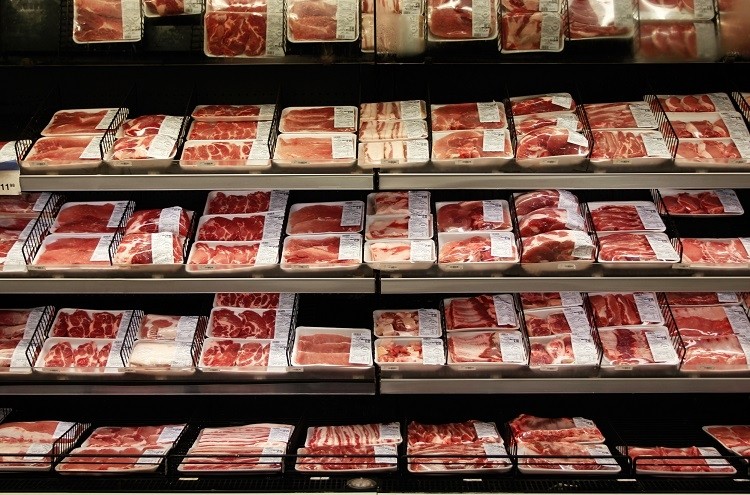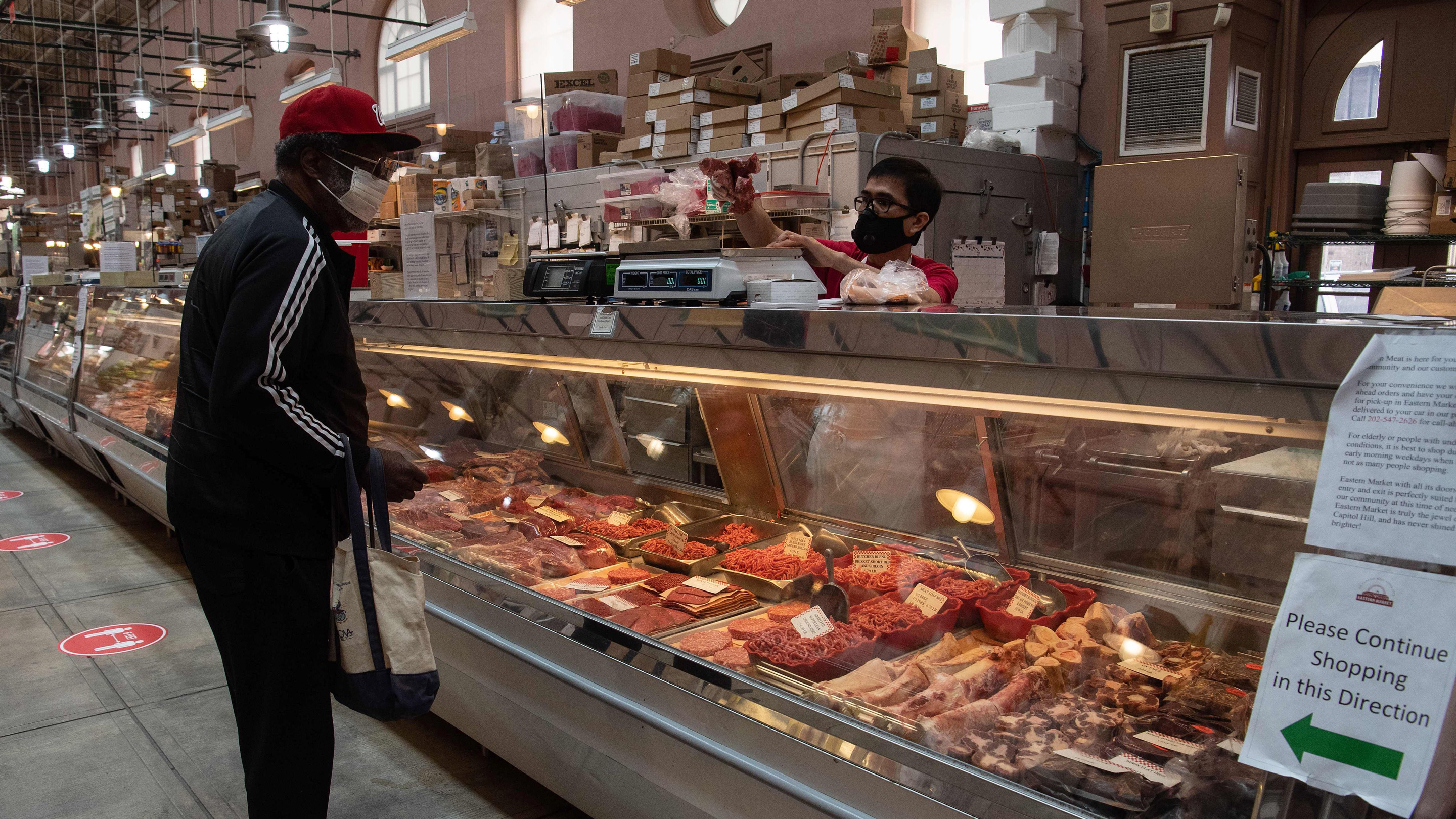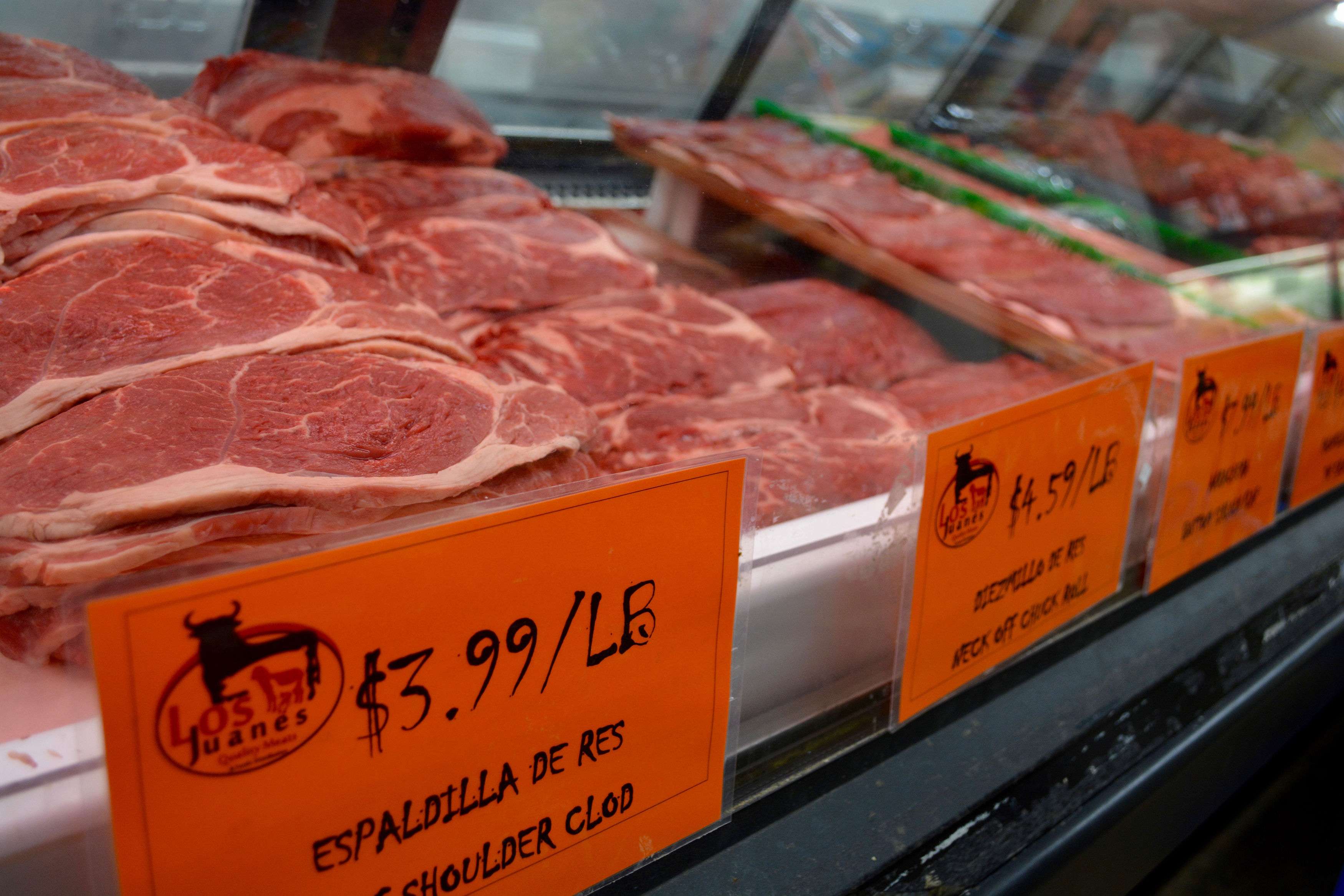Bagley Farms Meat Market Edwardsville IL: Your Go-To Location for Neighborhood Meat Selection
Bagley Farms Meat Market Edwardsville IL: Your Go-To Location for Neighborhood Meat Selection
Blog Article
Discover the Art of the Butcher's Cut in a Modern Meat Market
In the ever-evolving landscape of modern meat markets, the butcher's cut has actually transcended its conventional origins, merging old-time craftsmanship with modern practices. What truly establishes the modern butcher apart is their capacity to forge a much deeper link between customers and the origins of their meat.
Development of Butchery Techniques

The mid-20th century saw butchery strategies additionally fine-tuned by scientific insights into muscular tissue biology and meat aging, boosting both inflammation and taste. Developments like vacuum packaging and refrigeration expanded item shelf-life, enabling butchers to diversify offerings and improve top quality control. This duration likewise marked the rise of customized devices, such as band saws and meat slicers, which enhanced precision and effectiveness in meat processing.
The 21st century has actually presented digital modern technology right into the butchery realm. Digital systems currently aid in tracking pet provenance and enhancing cuts to meet details client preferences. In addition, a rebirth in artisanal butchery has emerged, mixing conventional abilities with modern-day knowledge to deal with customers seeking moral and lasting meat options. This advancement highlights a dynamic interaction between practice and development, conference contemporary needs while preserving the craft's heritage.

Recognizing Meat Cuts

Comprehending the ins and outs of meat cuts is necessary for both butchers and consumers seeking quality and worth. Each cut originates from a various component of the animal, imparting unique tastes, appearances, and food preparation techniques. Mastery of these distinctions not just improves culinary experiences yet likewise maximizes the energy of each carcass. For butchers, exact cuts reflect ability and regard for the craft, guaranteeing minimal waste and optimum return.
The primary classifications of meat cuts include primal, sub-primal, and retail cuts. Butchers after that break these down additionally into sub-primal cuts, prior to ultimately creating retail cuts readily available to consumers, like ribeye or tenderloin.
Recognizing muscle mass make-up is important; muscles utilized more often by the pet have a tendency to be tougher and are best fit for slow food preparation methods, while less-used muscular tissues, like those discovered in the loin, are extra tender and suitable for cooking or roasting. Knowledge with these distinctions equips customers to make informed choices, improving their cooking endeavors.
Choosing High Quality Meat
Picking the ideal meat entails even more than just choosing an aesthetically appealing piece from the display screen. The art of picking quality meat requires a discerning eye and understanding of details features that indicate quality and quality. Pay interest to the color; beef should have over here a bright, cherry-red tone, while lamb needs to show a soft pink tone, and pork my site a pale pink. This indicates the meat is fresh and hasn't been subjected to oxygen for too long.
Secondly, take into consideration the marbling, which refers to the white flecks of fat within the muscle mass. Proper marbling is a vital sign of tenderness and taste, as it melts throughout cooking, boosting the meat's juiciness. Keep in mind, higher marbling usually correlates with premium high quality cuts, such as USDA Prime.
Texture is an additional crucial aspect; meat ought to feel firm to the touch, not slimy or extremely soft. In addition, be conscious of the fragrance. Fresh meat must have a tidy, neutral smell, devoid of any kind More Bonuses of sour or off-putting smells.
Pairing Cuts With Food Preparation Methods
Successfully combining cuts of meat with the ideal food preparation methods is important for accomplishing optimum taste and appearance. These methods enhance the meat's natural flavors and guarantee a juicy surface.
On the other hand, harder cuts like brisket and chuck roast are abundant in collagen, which damages down right into jelly when prepared slowly. These cuts are suitable for braising or slow-moving roasting, permitting the meat to soften gradually and create deep, intricate tastes. Cuts such as brief ribs and pork shoulder get on well with slow-cooking techniques, where prolonged cooking times transform their robust appearances right into delicious meals.
Lamb shanks and oxtail, which require prolonged cooking to soften, are best candidates for stewing or slow simmering. These approaches coax out abundant, hearty flavors while keeping dampness. By comprehending the special attributes of each cut, chefs and home cooks alike can boost their cooking developments, making sure each dish is both pleasing and unforgettable.
The Butcher's Duty Today
Navigating the progressing landscape of the modern meat market, the butcher's function today extends past mere preparation of cuts. Contemporary butchers are culinary artisans, educators, and supporters for sustainable methods.
Along with crafting accurate cuts, butchers currently engage directly with customers, using cooking recommendations and customizing choices to suit individual demands and choices. Their expertise in meat aging, marbling, and flavor accounts empowers consumers to make enlightened decisions, improving their cooking experiences. This personalized service exhibits the butcher's advancing role as a trusted expert in the cooking area.
Furthermore, butchers are essential in minimizing waste, utilizing whole pets to develop varied products such as sausages and stocks - bagley farms meat market edwardsville il. This detailed strategy not just respects the animal but likewise lines up with modern sustainability objectives. This way, the modern butcher symbolizes both custom and advancement, adjusting to an ever-changing market while maintaining the virtuosity and honesty of their craft

Conclusion
Proficiency in comprehending varied meat cuts and quality signs encourages butchers to offer enlightened recommendations, lining up specific cuts with ideal food preparation methods. By honoring historic practices while accepting modern needs, the butcher's role stays essential in today's sophisticated meat market.
Report this page